In a historic speech to the German parliament last month, the chancellor Olaf Scholz announced a €100 billion investment fund for the German army and a permanent increase in defence spending to above 2 per cent of GDP.
He also promised that Germany would send hundreds of Stinger man-portable air-defence systems and Panzerfaust-3 anti-tank weapons to Ukraine to aid the country in its fight against Russian aggression. In the Reichstag – that still bears the graffiti of Soviet soldiers that stormed the building in May 1945 – Scholz announced a radical departure, or ‘Zeitenwende’, from decades of German post-war foreign policy doctrine. Germany’s military reticence would end – as would its strategic diplomatic and economic engagement with Russia.
At the centre of this historic turning point are Germany’s armed forces, the Bundeswehr. After decades of underfunding, cutbacks, public disinterest and political neglect it is no longer a credible fighting force. In a rare public intervention as Russia invaded, Alfons Mais, the head of the German army, expressed a deep sense of frustration that he had almost no options to bolster Germany’s military presence in eastern Europe to reassure Nato allies, because the Bundeswehr was ‘more or less bare’ in its capabilities. But how did we get here?
The Bundeswehr was established in November 1955. Less than ten years after the second world war, and with the West fearing a Soviet attack on western Europe, Germany rearmed. The Federal Republic of Germany was integrated into Nato and the sole task of the Bundeswehr was the territorial defence of west Germany alongside US, British, Canadian, Dutch and Belgian forces.
To do so the Bundeswehr would field an army of 500,000 men with 12 divisions. By the end of the Cold War, Germany had an impressive arsenal of thousands of modern Leopard tanks, Marder infantry fighting vehicles and one of the best ground-based mobile air defences in western Europe with the Gepard anti-aircraft tank, plus hundreds of Luftwaffe fighters and fighter bombers. The Bundeswehr was regarded as the conventional backbone of Nato and one of its most capable armies.
At the same time, the Bundeswehr was unlike any German military that had come before, in particular the Wehrmacht. German soldiers were ‘citizens in uniform’ and a concept known as ‘inner guidance’ was introduced to make sure that Bundeswehr officers, NCOs and enlisted soldiers would be committed to the values of free and democratic Germany. Never again would German soldiers put their orders above human rights.
The Bundeswehr does not see itself as the official successor of any previous German military. Only the 19th-century Prussian military reformers; the military resistance against Adolf Hitler; and the plotters around von Stauffenberg are officially accepted historical lines of tradition for the armed forces.
With the end of the Cold War, the Bundeswehr lost both its enemy and a lot of its funding, with the defence budget raided to fund the costs of reunification. The Bundeswehr shrunk dramatically from 500,000 soldiers in the 1980s to just 178,000 on the payroll by 2010. The loss of combat power was even more severe. Germany reduced the equipment of its heavy army divisions geared for territorial defence by as much as 80 to 90 per cent. For example the army only had 220 Leopard 2 battle tanks in 2010, down from 2,225. The Bundeswehr was re-oriented toward limited expeditionary operations like peace-keeping missions in the Balkans in the 1990s and the International Security Assistance Force (ISAF) mission in Afghanistan. In Afghanistan, Germany fielded only relatively small contingents of light infantry and initially sought to avoid offensive combat operations. It was not until the so-called ‘Good Friday battle’ in April 2010 – when German paratroopers were killed in action in a Taliban ambush – that Angela Merkel’s government and the German public reluctantly accepted the fact that the Bundeswehr was fighting a war in Afghanistan. Troops were reinforced, yet a severe shortage of helicopters for transport and medical evacuation of wounded soldiers meant German offensive operations in northern Afghanistan were not possible without US support. Still, defence budgets remained relatively low until the Russian annexation of Crimea in 2014.
The Bundeswehr then began to move towards territorial and alliance defence. But underfunding remained a structural problem that hindered efforts at strategic reorientation for years. Important military capabilities had either been cut completely, such as with the Navy’s Tornado fighter bombers, or made more or less useless. By 2010, for example, the Bundeswehr leadership had retired both the Roland and Gepard air defence systems to save money. The strategic assumption was that the Bundeswehr would only operate where there was western air superiority – leaving it now basically defenceless against the threat of armed drones.
Stocks of ammunitions had run so low by 2019 that the Bundeswehr would run out of bullets after two to three days of serious fighting. Shortages of spare parts and long maintenance queues meant that the readiness level of many weapon systems was appallingly low. Helicopters and planes were grounded, new warships and submarines were long delayed or laid up in dock, and new land systems like the Puma infantry fighting vehicle were not delivered combat-ready and had to be costly retrofitted to be made available for Nato forces.
Bundeswehr soldiers continue to lack modern radios, night-vision equipment, body armour, radio-integrated helmets, combat boots and even thermal underwear and water-proof clothing. Just the other day Bundeswehr soldiers stationed in Lithuania as part of Nato’s enhanced forward presence reported a lack of winter jackets. This is the structural backlog the newly announced special investment fund of €100 billion is there to address.
Germany has already announced the acquisition of 35 F-35A fighter jets from the United States and the development of an electronic warfare version of the Eurofighter to replace its ageing fleet of Tornado fighter bombers. Replenishing Germany’s ammunition stocks alone will consume a staggering €20 billion, while another €5 billion is already earmarked for the army’s desperately needed heavy-lift helicopters.
Other priorities will have to include finally switching army units from 1980s-era models to digital radio systems, improving soldiers’ personal kit, and ordering an additional 229 Puma tanks to equip all of the Bundeswehr’s remaining nine Panzergrenadier battalions of armoured infantry.
Rather than becoming a military juggernaut in the style of the Wehrmacht, Olaf Scholz’s funds aim to transform the Bundeswehr into a credible force that can deliver on the political promises Berlin has made to Nato and the EU, and provide a credible deterrence against potential Russian aggression. But the problem isn’t just money. Today, over half the German defence budget is eaten up by personnel, maintenance and running costs. In 2016 only 13 per cent of the budget went toward acquisition of new equipment – the Nato target is 20 per cent, a goal Germany has never met.
The ‘BAAINBw’, Germany’s procurement agency, is a bureaucratic monstrosity responsible for a dysfunctional process that has delivered major weapon systems years too late, with significant cost over-runs and capability gaps. The A-400M transport plane, F-125 navy frigate for stability operations, and the Puma have all been procurement fiascos. German overregulation, demands for ‘gold-plated solutions’ (where military planners insist on costly new developments instead of buying already available off-the-shelf military products) and frequent legal battles with competitors have all contributed to this mess.
The German armed forces, in short, don’t just have a problem with insufficient funds, which has been solved for now, but ineffective organisational structures and fragmented decision-making processes that make fulfilling their missions impossible.
While German troop strength has more than halved since the end of the Cold War, the number of generals and admirals is still roughly the same. Newly-formed branches, such as the Streitkräftebasis, which is responsible for logistics, military police, and protection from nuclear, biological and chemical weapons, have their own command staff and organisational structures.
The Bundeswehr is top-heavy and in many ways geared more towards administration than fighting wars. Bureaucracy is everywhere and initiative, risk-taking and forward thinking is often discouraged within the chain of command rather than actively supported.
The task ahead for the Ministry of Defence and the Bundeswehr is not just how to spend money on new weapon systems and to boost recruitment and readiness, but to undertake an organisational and cultural change.
The same goes for German society’s attitude towards its armed forces and how German politics and the government view the importance of military power in the 21st century. The need for a credible military deterrence is back. The Bundeswehr still has a long way to go.
Got something to add? Join the discussion and comment below.
Get 10 issues for just $10
Subscribe to The Spectator Australia today for the next 10 magazine issues, plus full online access, for just $10.

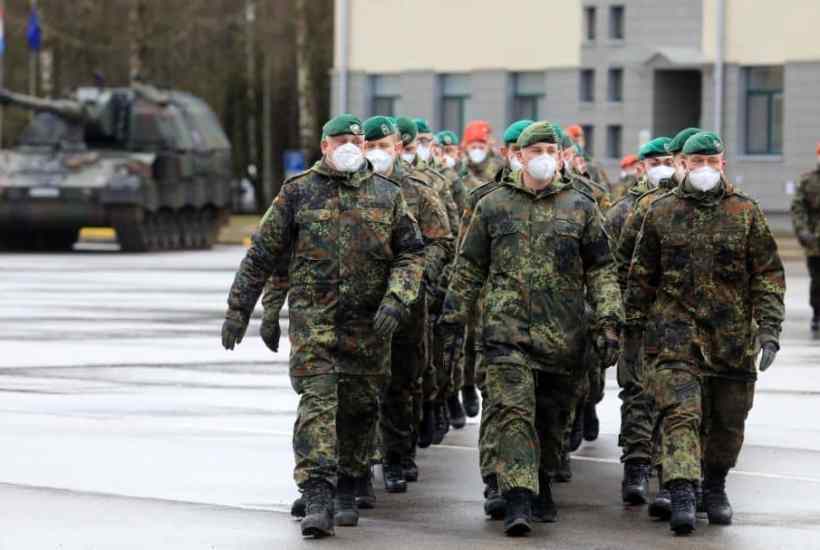
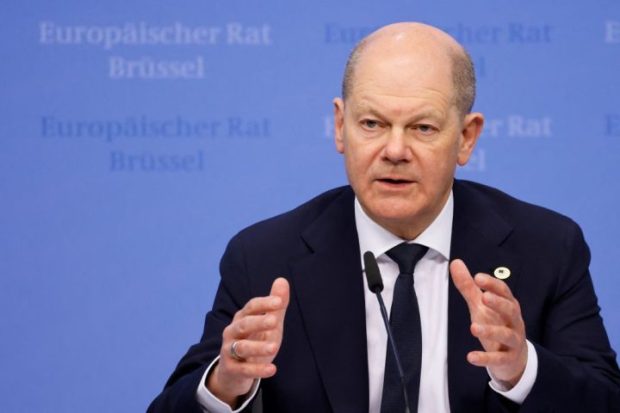
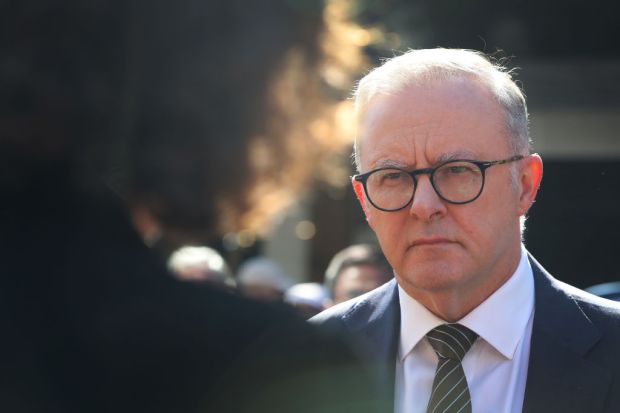

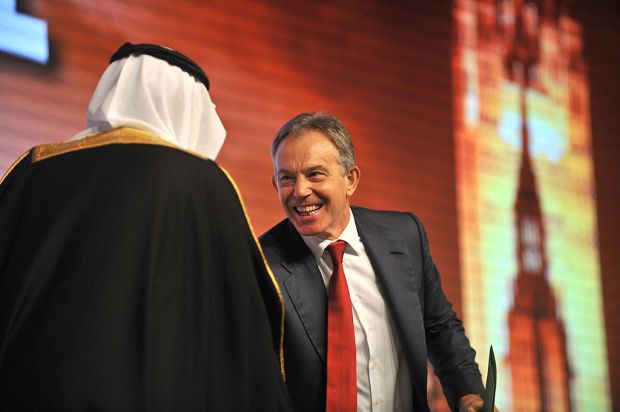
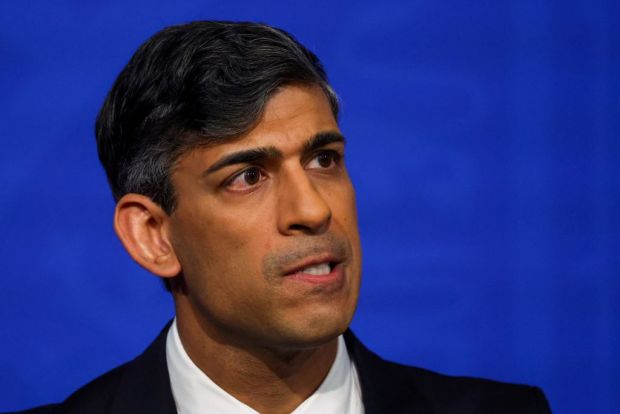












Comments
Don't miss out
Join the conversation with other Spectator Australia readers. Subscribe to leave a comment.
SUBSCRIBEAlready a subscriber? Log in